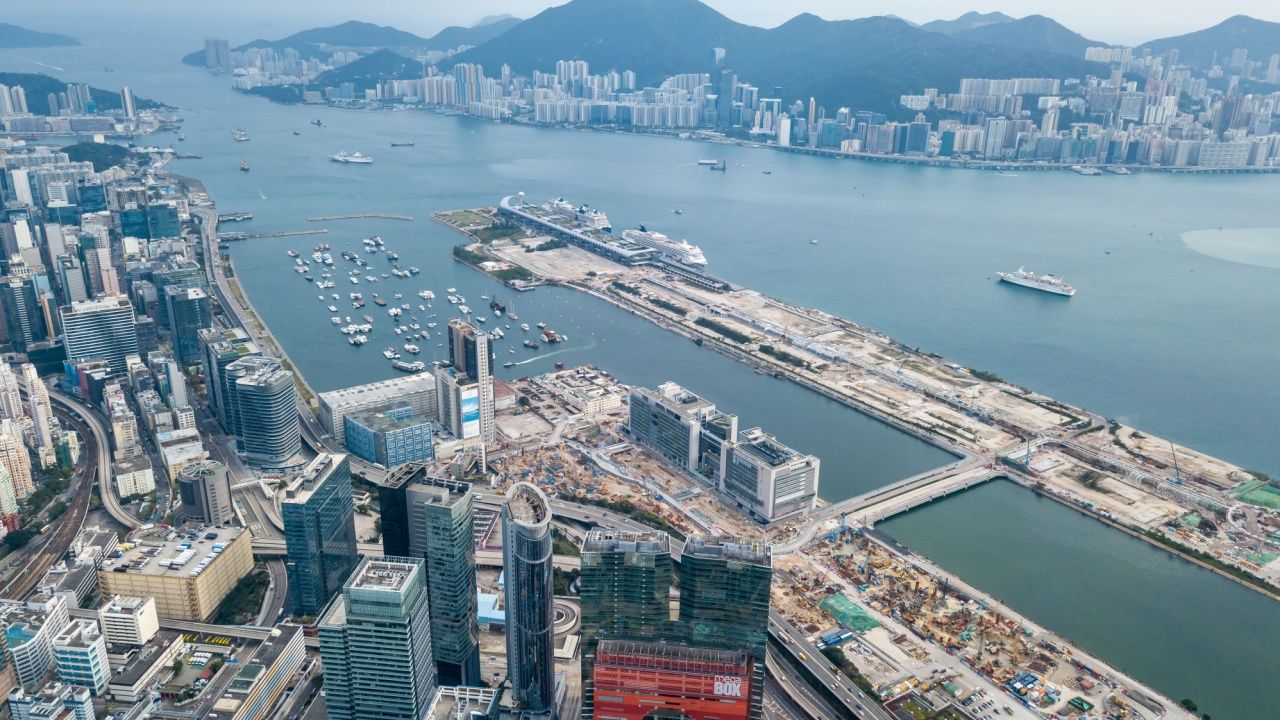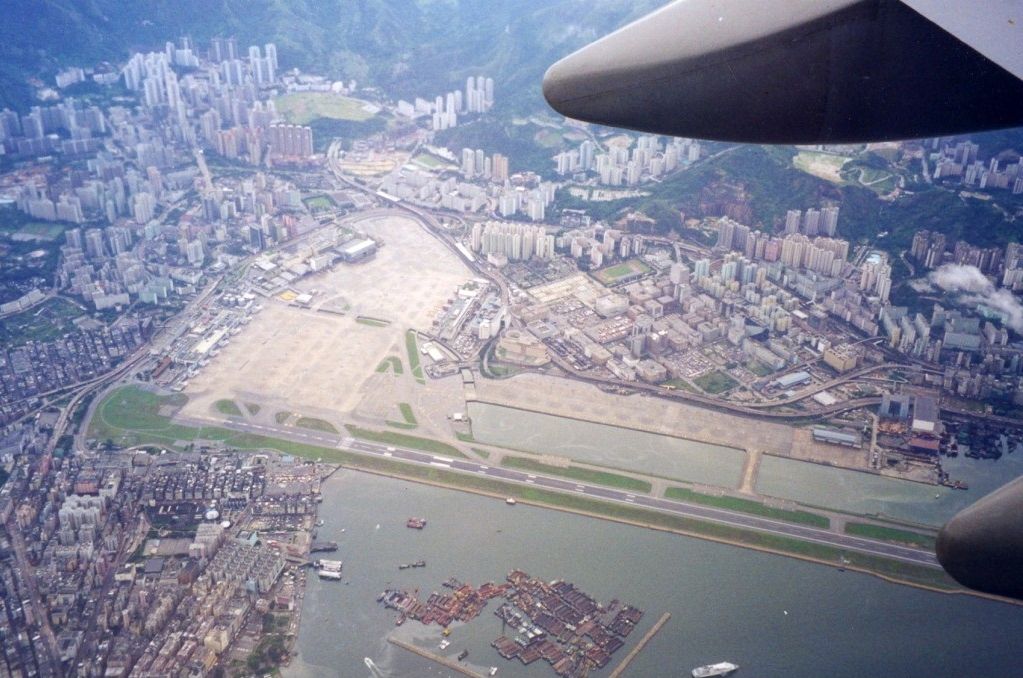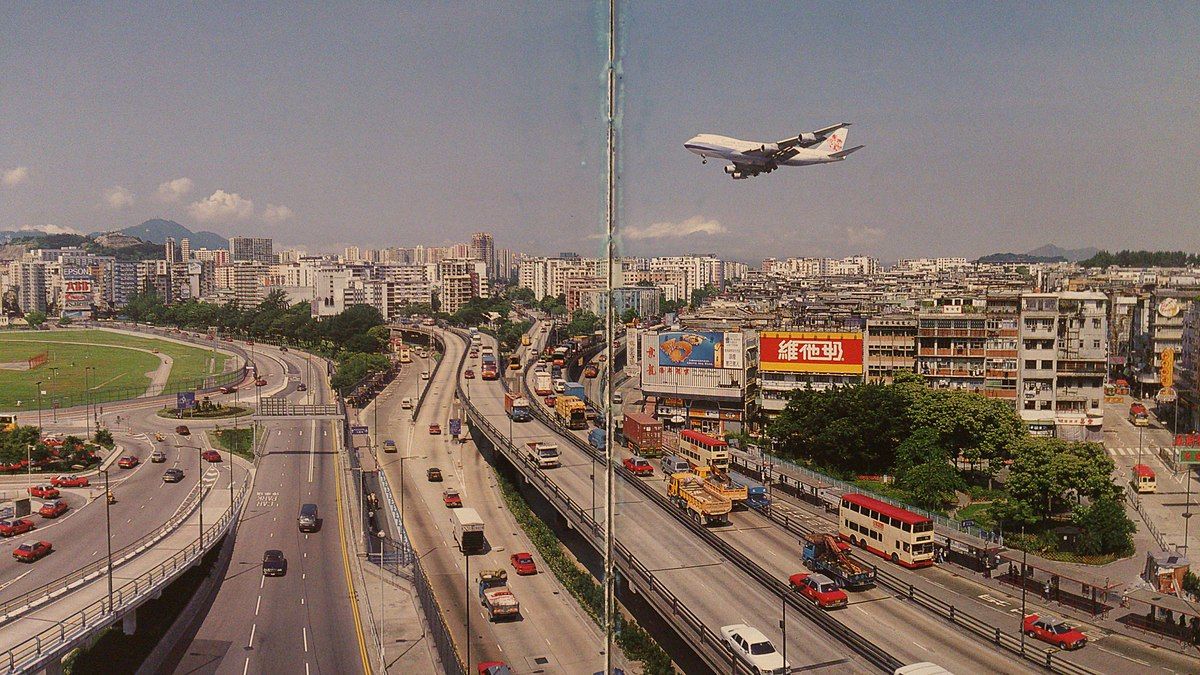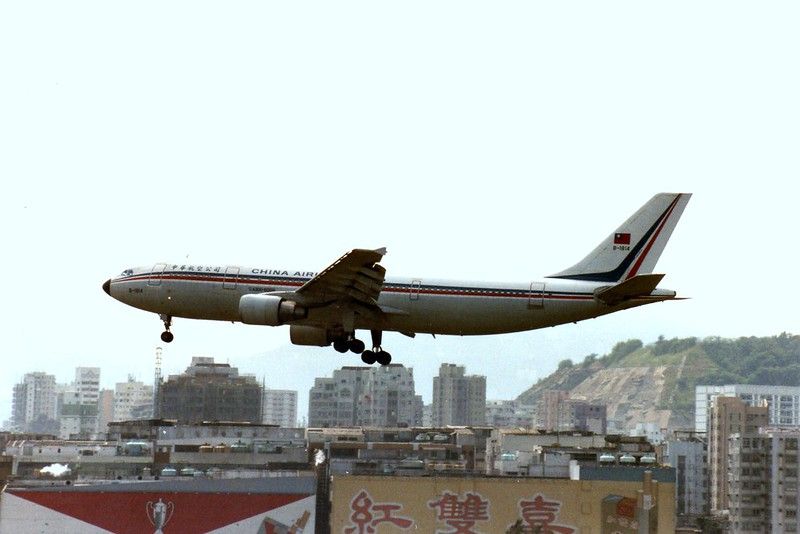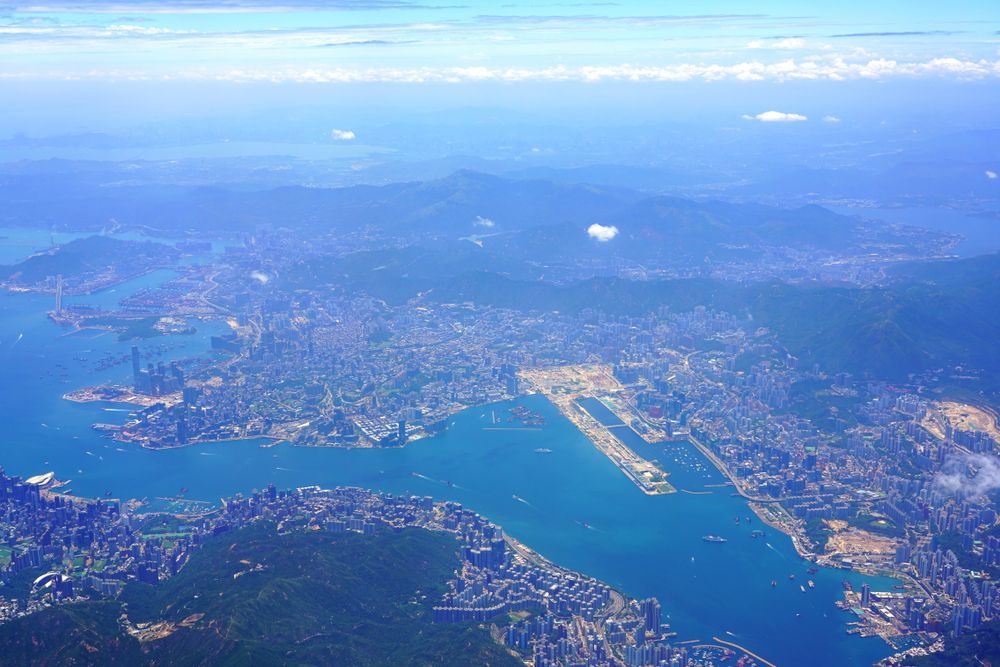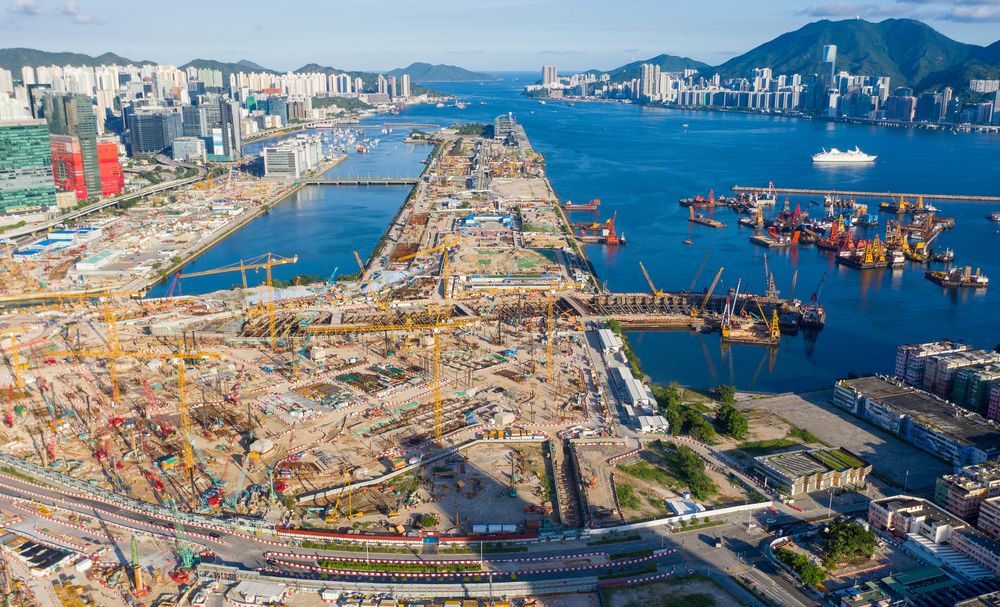Summary
- Kai Tak Airport was known for being one of the most difficult airports globally due to its unique, challenging landing conditions.
- During World War II, the Japanese expanded Kai Tak with POW labor and materials from demolished Hong Kong landmarks.
- The new Hong Kong International Airport has far outgrown Kai Tak’s capacity, planning to accommodate 120 million passengers annually.
The Kai Tak Airport was Hong Kong’s infamously difficult and dangerous to take off and land international airport between 1925 and 1998. The airport had water on three sides and Kowloon City’s dense residential apartment complexes and mountains to the northeast. Landing at the airport was technically demanding and was considered one of the world’s scary airports. Today, the new Hong Kong International Airport is located far outside the urban sprawl; it is recovering from the COVID pandemic and is one of the world’s top airport hubs.
1
One of the most difficult airports
Kai Tak Airport was infamous for being one of the world’s most difficult airports to land at because of city towers and mountains
|
Turn: |
45-degrees at 500 feet |
|---|---|
|
Location: |
Kowloon City, Hong Kong |
|
Hub: |
Cathay Pacific |
Kai Tak was regarded as one of the most difficult airports for pilots to fly in and out of. The airport was notable as it was a major international airport located right inside one of the world’s densest cities. Even for experienced pilots, it was known to be a hair-raising experience.
CNN reports a former Cathay Pacific Airways general manager (now a pilot instructor) saying,
“As a pilot, it was totally unique. It was the only major airport in the world that required a 45-degree turn below 500 feet to line up with the runway, literally flying between the high-rise buildings, passing close to the famous orange and white Checkerboard Hill as you made that final turn toward the runway.”
2
World War II
The Japanese Army expanded the airport using POWs and reusing material from historic Hong Kong landmarks
|
Fall of Kong Kong: |
December 12, 1942 |
|---|---|
|
Labor: |
POWs |
|
Runways: |
13/31 and 07/15 |
During World War II, Hong Kong fell to the Japanese as they expanded rapidly across the Pacific. The raid on Pearl Harbor on December 7, 1941, was just part of a much larger Japanese campaign against the British possessions of Hong Kong, Malaya, Burma, the American possessions of the Philippines, Wake Island, and other targets in the Pacific. Hong Kong fell on December 12, 1942.
The Japanese expanded Kai Tak and used Allied prisoners-of-war to build two concrete runways for the Japanese Army. The runways were 13/31 and 07/15. The historic wall of the Kowloon Walled City and other parts of the city were destroyed for their materials to build the runways.
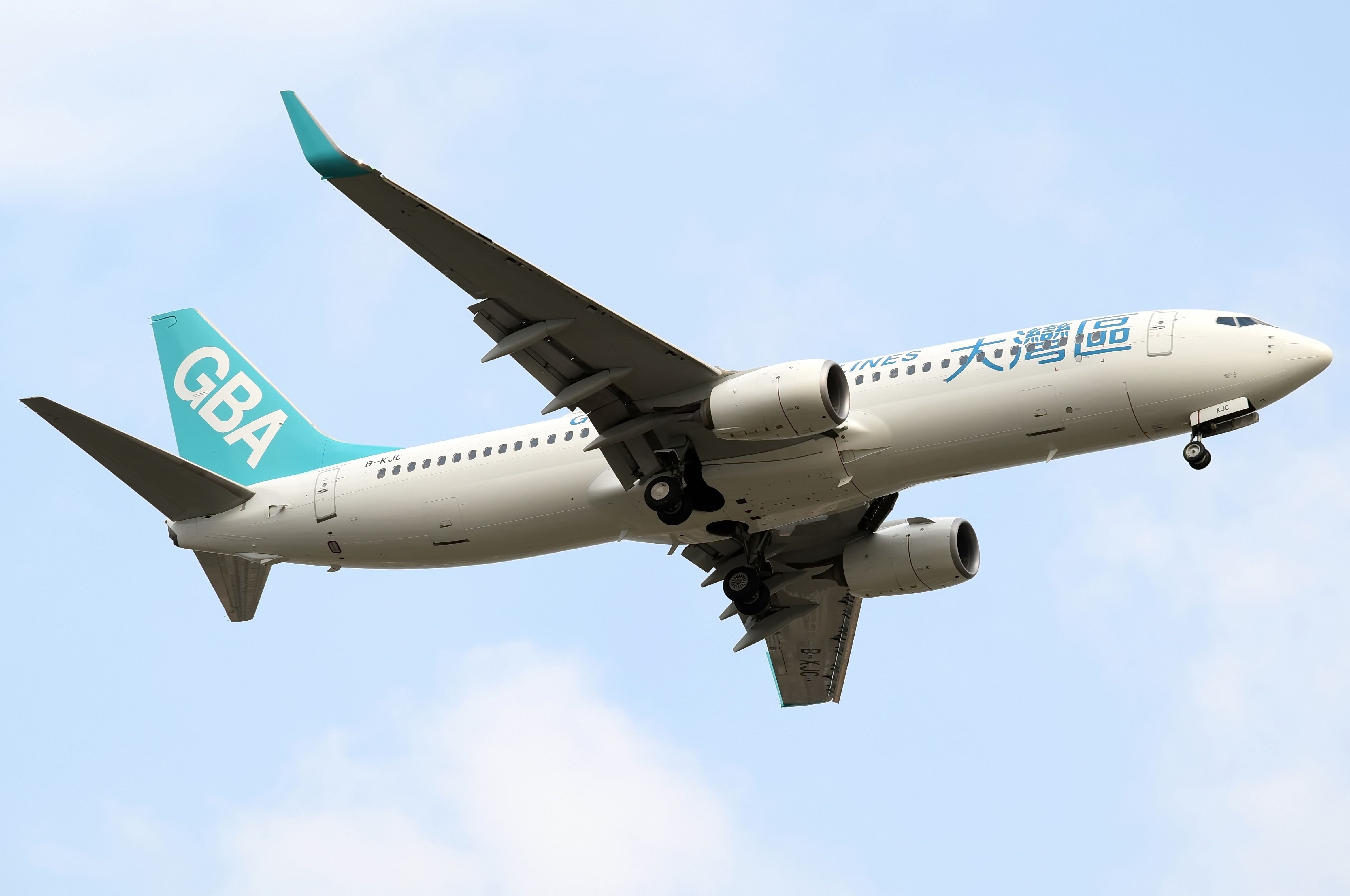
Related
Hong Kong’s Greater Bay Airlines: What You Need To Know
Greater Bay Airlines is the latest new airline to start service from Hong Kong – with big expansion plans.
3
Runway 13
Kai Tak used only a single runway, which became one of the most famous runways among aviation enthusiasts
|
Number of runways: |
One (runway 13) |
|---|---|
|
Length: |
11,122 feet |
|
New airport: |
3 runway system |
When Kai Tak Airport closed in 1998, only one runway was in use – the famous runway 13 (numbered 13/31). Landing on the runway was as spectacular as it was infamous. It was oriented southeast-northwest and was made from reclaimed land from the harbor.
Runway 13 was extended several times after its initial construction. When it was first opened in 1958, it was 8,297 feet long, and it closed in 1998 at 11,122 feet long. Today, the new airport boasts a three-runway system. The new Hong Kong Airport is one of the largest infrastructure projects in Hong Kong’s history, and the three-runway system allows it to handle the long-term demand for air traffic growth.
4
Outgrown capacity
Kai Tak outgrew its capacity of 24 million passengers annually, while the new airport is eventually planned to have a capacity of 120 million
|
Kai Tak capacity: |
24 million passengers annually |
|---|---|
|
New Hong Kong airport passengers: |
75 million passengers annually |
|
Planned capacity: |
120 million passengers annually |
Hong Kong grew massively through the second half of the twentieth century and became a major international hub for the region (which it remains today). The airport had been designed to handle 24 million passengers annually, but by 1996, it was over planned capacity at 29.5 million (plus 1.65 million tonnes of freight – the third-busiest freight airport at the time).
Photo: EQRoy l Shutterstock
Before the pandemic, the new Hong Kong airport handled 75 million passengers annually (200,000 daily). Today, it handles 4.3 million tonnes of cargo (making it the busiest freight airport in the world). Expansions plan to increase its capacity to 120 million passengers and 10 million tonnes of cargo annually.
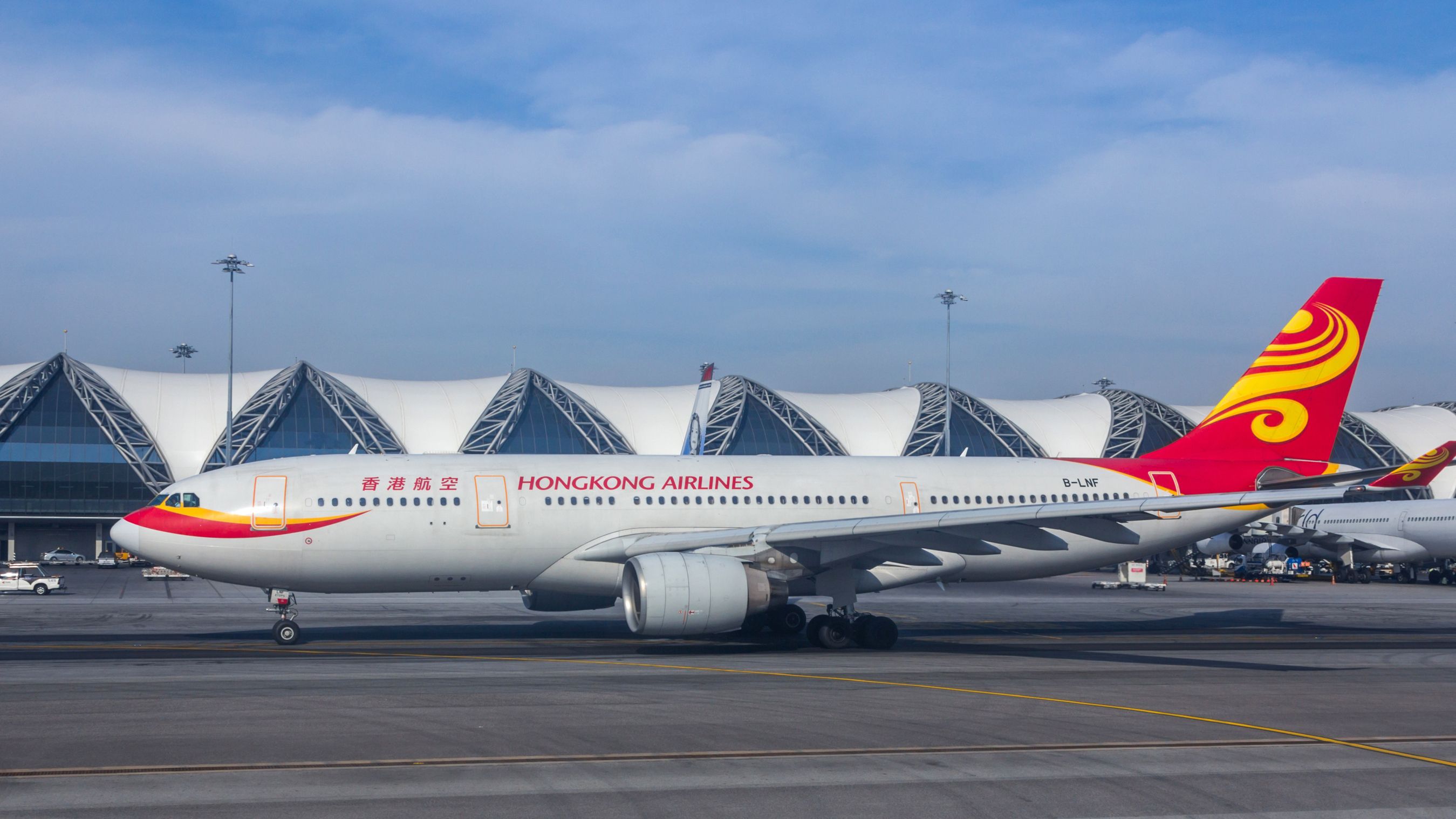
Related
Not Just Cathay Pacific: Who Are Hong Kong’s Other Scheduled Airlines?
Hong Kong Airlines, HK Express, and Greater Bay Airlines are all based in Hong Kong.
5
Redevelopment
The land of the former Kai Tak Airport is being redeveloped into a modern and more healthy district of Kowloon City
|
Size: |
810 acres |
|---|---|
|
Status: |
under construction |
|
Project completion: |
planned 2025 |
Space is an extremely valuable commodity in downtown Hong Kong and Kowloon. After the airport closed, the land was redeveloped for urban living. The Kai Tak Development is a huge and highly complex project that spans the full area of the 810 acres of the airport. The redevelopment also includes the neighboring areas of Ma Tau Wai,, Kowloon City, San Po Kong, Kowloon Bay, and Kwun Tong.
Photo: Yung Chi Wai Derek l Shutterstock
When it is complete, some 86,000 people are planned to live where the airport once stood. The development is seeing some 30,000 housing units and 270 acres of open space constructed. The area will have a metro park, a cruise terminal, a multi-purpose sports complex, various commercial and entertainment projects, and more.

